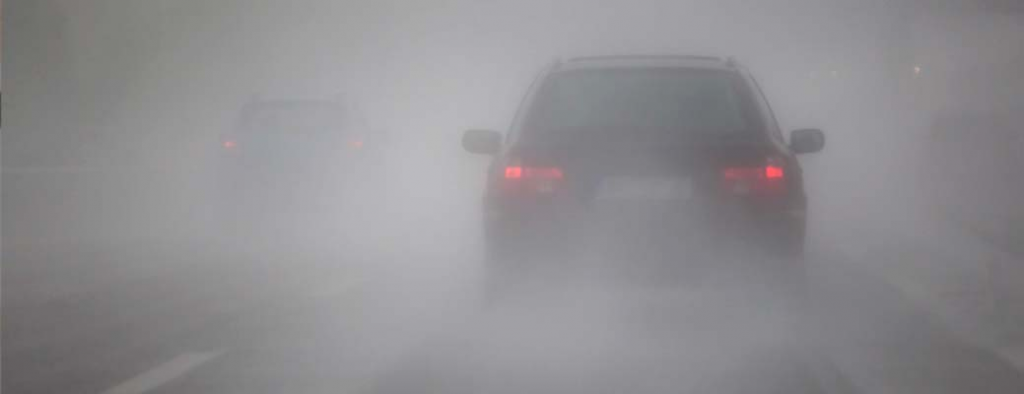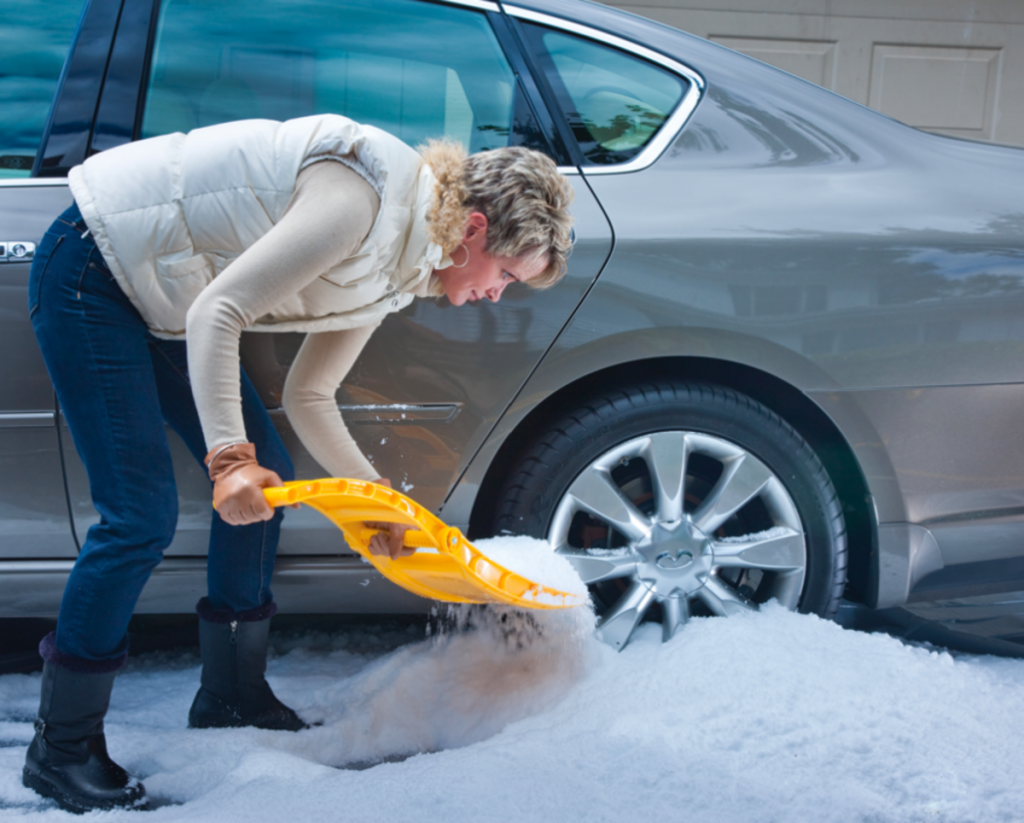
Tips On How To Drive Safely In Snow
Driving safety is the most important thing when a storm hits. Different types of weather events can affect the way you drive, and different conditions require specific measures to stay safe. These Tips On How To Drive Safely In Snow can be of great help. Before attempting to navigate the road, remove all snow, ice, or dirt from your windows, grille, headlights, and taillights.
Do not drive with snow or ice piled on top of your vehicle as it may fly off and hit another vehicle or pedestrian or create a dangerous road obstruction.

Driving on ice
Driving in cold conditions can be dangerous, and sometimes “black” ice is cleared from the road. The best time for black ice to form is early morning and evening when the temperature is the best. Black ice can form when the temperature is 32 degrees or colder at the surface and it is raining; Low temperatures cause rain to fall on impact, creating ice. Rain and snow or moving water can also form black ice.
1. Focus on the surface of the road
Black ice is often difficult to detect while driving. Pay attention to the surface of the road when driving in potentially cold conditions and watch out for pavement that looks dark, wet or looks like new asphalt. If the area has experienced low temperatures, recent rain, or a history of icing, black ice may be present on the road. Also, bridges or high roads often become ice.
2. Know how your car performs on ice
If you drive on ice, your car will not respond properly to the driver’s input and may behave erratically. Avoid overcorrecting with steering or emergency braking. Before driving, ensure that large or dangerous objects (either inside, outside or on board) are secured. Unsecured weight can cause serious injury if you hit a block of ice (and can also result in a stop and a ticket).

If you fall on black ice and can’t keep control, follow these steps:
- do not panic
- Don’t stop on the brakes
- Release the accelerator
- Turn your car in the direction you want to go
- Wait for the car to slow down and the wheels to connect to regain control
3. Watch out for other drivers
If you are in an area where icing is not common, other drivers may be able to see and react to the icing conditions. Be sure to leave enough space for other drivers if they cannot stop in a controlled manner. Leave a full 8 seconds or more of driving time between you and the vehicle in front of you.
Driving in the snow
Snow can take many forms and different types of snow present different dangers. Large water snowflakes can build up quickly and make roads slippery. Light snowflakes can obscure visibility and cause ice to form on windshields and other surfaces.
1. Slow down
Snow on the road can be as slippery as ice. If you see snow accumulating on the road ahead or even just dust, know that you may not have the same level of control you use when turning and braking. Always slow down your vehicle to give yourself more time to react to unexpected situations.
2. Increase follow-up distance
Even in light snow, braking power can be severely compromised. Your car can take up to twice as long to stop in snow compared to dry conditions. Make sure there is at least 8-10 seconds between you and the car in front of you, so you have time to react if the driver in front loses control or starts to swerve. fast.
3. Don’t stop at the mountain
Snow can cause tires to spin and lose grip, especially on sensitive areas such as road ramps and hills. If you are going down a slope, try not to stop or you may die. If you’re going down a hill, slow down and make sure you have enough braking power to stop safely. Leave at least 3-4 vehicle lengths between you and the vehicle in front of you to avoid a collision.
Tips On How To Drive Safely In Snow
When the snow gets worse, it can create dangerous whiteout conditions. Visibility may only be a few feet in front of your windshield and you may not be able to see the surface of the road or signs.
1. Slow down at a snail’s pace
The most dangerous part of the white situation is the loss of visibility. Unable to see where the drivers are and what they are doing, you may not have time to react if they do something unexpected. Make sure you drive slowly enough to have enough time to turn or brake if something happens in front of you.
2. Make yourself look as visible as possible to other drivers
Whiteout conditions often lead to fights when drivers can’t see each other. Make yourself visible to others as much as possible on the road. Use all your headlights (turn on the fog lights if you have them). Remember to turn on your hazard lights if you are going under the speed limit to alert other drivers. Tell people around you so they can adjust your aim (using turn signals and hand gestures if necessary).

3. Stop waiting
If the whiteout completely blocks your view, or if you can’t see other cars clearly or control your own car, look for the nearest exit to face the storm. It is good if you can drive on the shoulder of the road with a low speed limit to reduce the chance of a high speed accident where damage / injury can occur).
If there’s no other option, just pull over to the side of the road, turn on your hazard lights, and wait for the white to clear. If necessary, run your engine every hour for 10 minutes at a time to warm it up. Crack the window to prevent carbon monoxide poisoning and clear snow from the exhaust pipe if the snow accumulates too much.
Driving on Icy Roads
- When approaching a turn, apply the brakes before turning the steering wheel. If you lose your car, try not to panic; the best thing is to release the throttle and keep your wheel in the direction you want to move.
- If the car starts to fly, try not to panic. Go into it slowly. If the back of the car is going left, for example, go left. You don’t take your hands off the steering wheel or slam your foot on the brakes.
- When driving in heavy snow, be sure to turn on your headlights. Don’t just turn off the lights and run the day. If visibility drops below 100 m, turn on your flashlight. But remember to turn them off when visibility improves.
- If there is no sand on the road, avoid driving the train or other vehicles; Packed snow is colder than fresh snow.
Other tips while driving in snowy conditions
Read the directions
- Is the surface shiny or shiny?
- Is there even a layer of powder or a bare spot of accumulated snow in the shade?
- Is the temperature cold enough to keep warm, the snow warm, or warm enough to create a muddy mess?
While you can stop the car and get out to check the surface if you’re in doubt (and that’s not a bad idea), you can tell a lot about traction just by knowing what you’re driving. -look. In general, shiny is bad, because it means either ice or water. Shaded areas are deceptive, because the dry pavement in front of them can give a false sense of security. And dry snow is much better than slush. Dry snow provides excellent traction – think of the crunch under your boots – while slush behaves like deep water, and the tires ride on it.
Plan ahead
We’ve said to look ahead as much as possible, and that’s generally a good idea. But chances are you’re driving in an area you’re familiar with, so you can use that knowledge to your advantage.
- When you go down the mountain, is it the same on the other side of the valley?
- Maybe going forward for that. Is there a drop off in the 40 mile unit?
You don’t have to wait to see it go down. If you know what’s coming, drive like you’re your own pilot and think a few steps ahead.
Pack Proper Tools
There was a time – usually when we were shoveling snowbanks by hand – where we said we would pay $500 for a snow shovel. The best solution is to throw one in your car before you leave, along with a bag of salt and a clothesline. If you’re really worried about your winter travel, you might as well prepare your towing eye.

The towing eye goes into the cable slot (usually behind the square plastic cover that protrudes from the bumper) and can be used to attach the cable to cars that don’t have bumpers and it is to throw the hook. The towing eye is usually under the rear cargo area, along with the spare tire, so if you think you need it, don’t install a quarter-length cable before you go.



